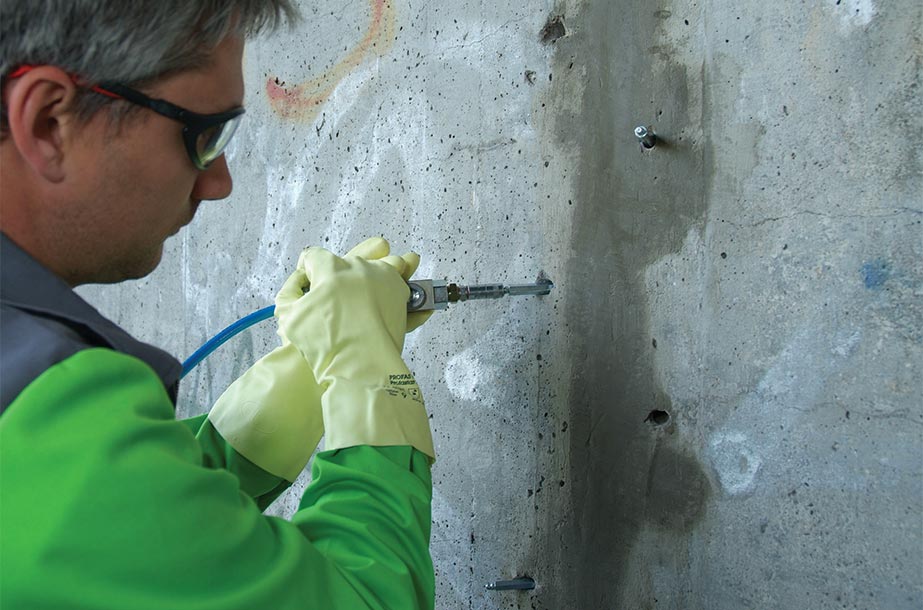In the world of construction, minimizing disruption to building occupants is a critical concern. Traditional waterproofing methods often involve extensive exterior excavation and renovation, causing significant inconvenience and disruption. However, a disruptive solution has emerged – negative waterproofing. This comprehensive guide explores how negative waterproofing can be the key to minimizing disruption while effectively addressing water ingress issues.
The Advantage of Negative Side - Waterproofing
Negative waterproofing is a game-changing approach that applies waterproofing materials to the internal side of a structure where water ingress is occurring. Unlike positive waterproofing, which is applied to the exterior, negative waterproofing is carried out from the inside of the building. This disruptive technique offers a distinct advantage in minimizing disruption to occupants:
Accessibility: Negative waterproofing can be applied from the interior, eliminating the need for extensive exterior excavation and renovation.
Reduced Downtime: The application process is faster and more efficient, minimizing the duration of the project and reducing the impact on building operations.
Minimal Disturbance: Negative waterproofing causes significantly less disruption to the daily activities and routines of building occupants.

Image courtesy of The Waterproof Mag https://www.waterproofmag.com/2011/01/negative-side-waterproofing/
Tools and Materials used in Negative Waterproofing
Negative waterproofing often involves the use of specialized tools and materials to effectively address water ingress. These disruptive innovations are transforming the industry:
Injection Pumps: High-pressure pumps that can precisely inject waterproofing materials deep into the structure, minimizing the need for invasive procedures.
Injection Packers: Devices inserted into drilled holes to facilitate the injection of waterproofing materials, further reducing the impact on the building's interior.
Polyurethane Foam: A versatile material that expands upon injection, effectively filling cracks and voids while remaining flexible and durable, minimizing the risk of future disruptions.
Case Study of a Problematic Basement in Nairobi, Kenya

Recently, a commercial building faced a significant water ingress problem in its basement, causing damage and creating an unhealthy environment for occupants. Traditional waterproofing methods were not feasible due to the high cost and extensive disruption they would have caused.
The solution? Negative waterproofing using polyurethane injection. This disruptive approach allowed the waterproofing work to be carried out from the interior, minimizing the impact on the building's operations and occupants. The process was faster, more efficient, and caused significantly less disturbance compared to traditional methods.
The results were remarkable – the negative
waterproofing intervention successfully sealed all points of water ingress,
protecting the interior spaces from further damage and preserving the
structural integrity of the building. Importantly, this was achieved with
minimal disruption to the building's occupants, ensuring their comfort and
productivity were maintained throughout the process.
In the construction industry, where minimizing disruption is a top priority, negative waterproofing stands out as a disruptive solution. By applying waterproofing materials from the interior, this innovative technique offers a more accessible, efficient, and less intrusive approach to addressing water ingress issues. As the industry continues to evolve, negative waterproofing will undoubtedly play a crucial role in delivering high-quality waterproofing solutions while prioritizing the needs and comfort of building occupants.
Reach out to GreenBuild Waterproofing Solutions for a thorough assessment of your building; no matter how big or small. 0700288388